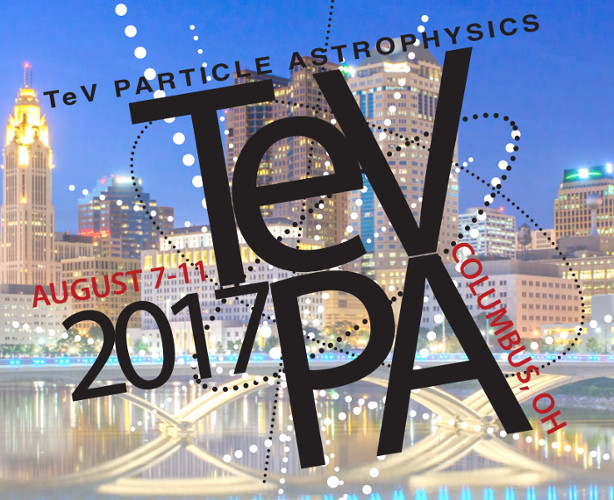Speaker
Description
Neutrino stacking analyses constrain the paradigm that Gamma-Ray Bursts (GRBs) are the sources of the Ultra-High Energy Cosmic Rays (UHECRs). The majority of previous studies focused on a pure proton composition of UHECRs; however, recent measurements by the Pierre Auger Observatory indicate a trend towards a mixed UHECR composition. Here, we present a combined source-propagation model for neutrino and cosmic-ray emission by GRBs with the injection of nuclei, where we take into account that a nuclear cascade from photo-disintegration can fully develop in the source. Our main objective is to test whether recent results from the IceCube and Pierre Auger Observatory can be accommodated with the paradigm that GRBs can be the sources of UHECRs. We demonstrate that the expected prompt neutrino flux weakly depends on the injected composition, which translates into strong constraints on UHECR models even in the case of nuclei. While the UHECR spectrum and composition measured by the Pierre Auger Observatory can be self-consistently reproduced over an energy range even covering the ankle, the IceCube bounds from the GRB stacking are already in tension with this hypothesis. If, however, only the UHECRs beyond the ankle come from GRBs, future neutrino data will be needed to further constrain this hypothesis.




